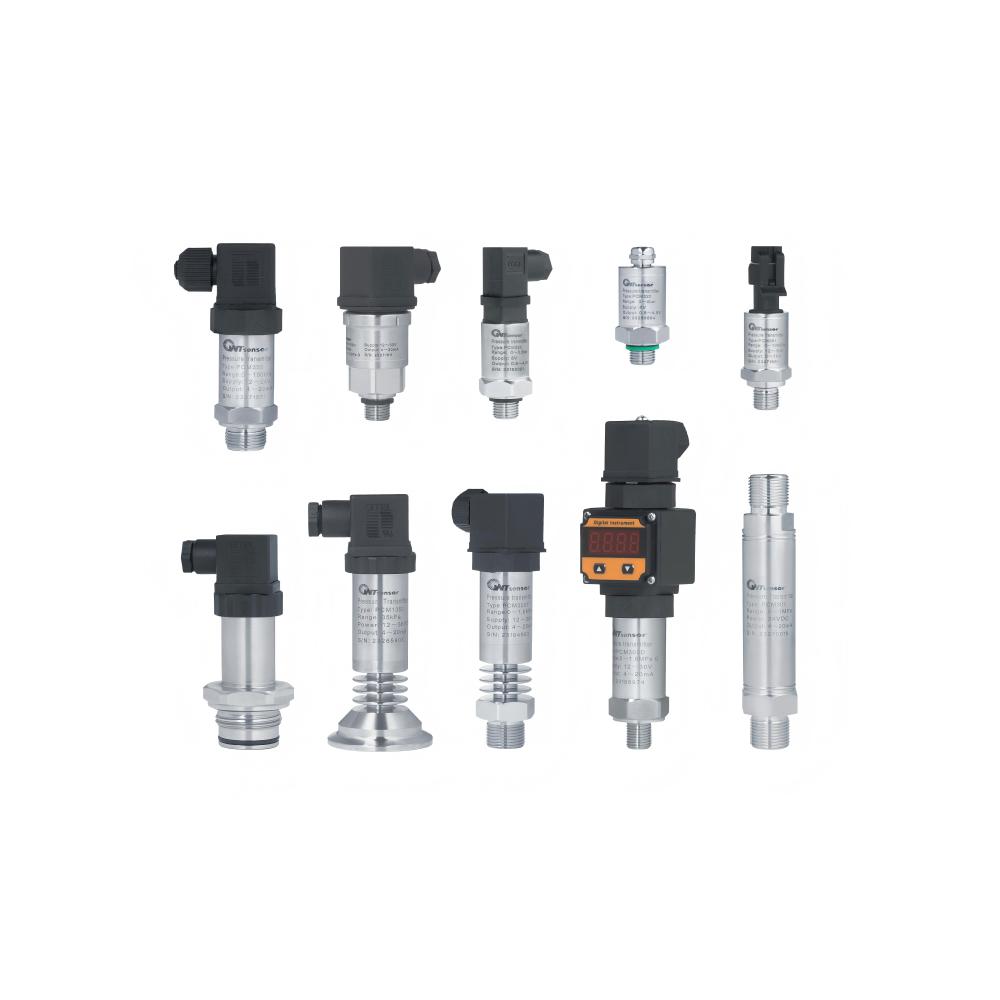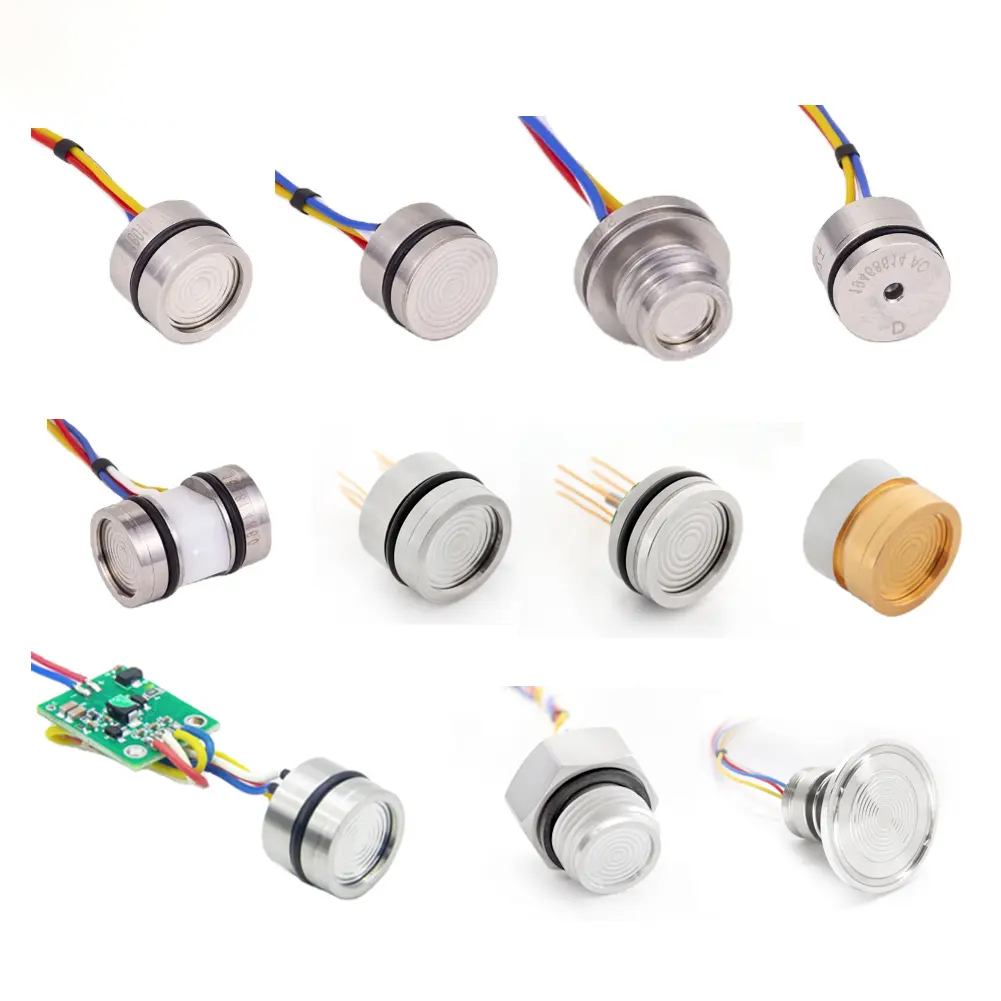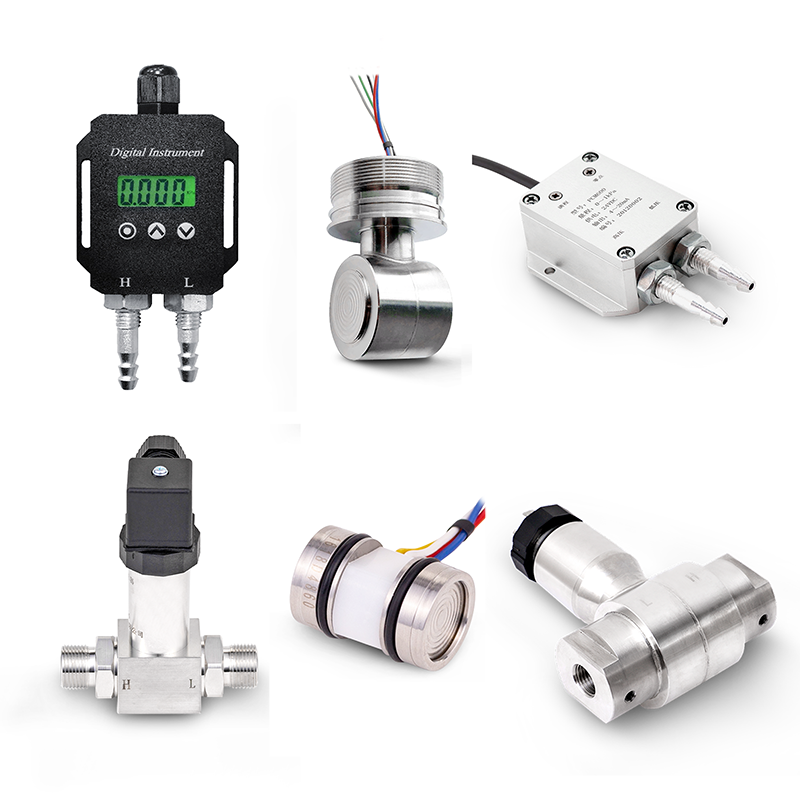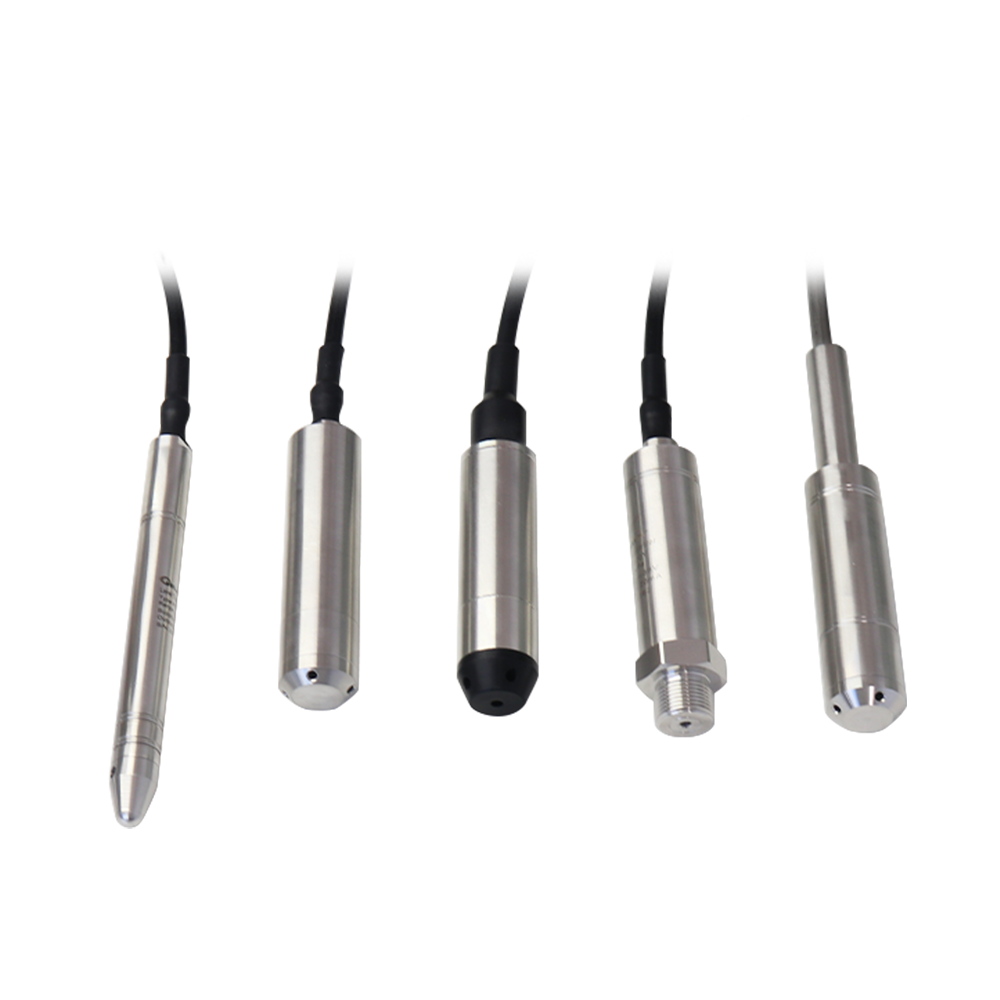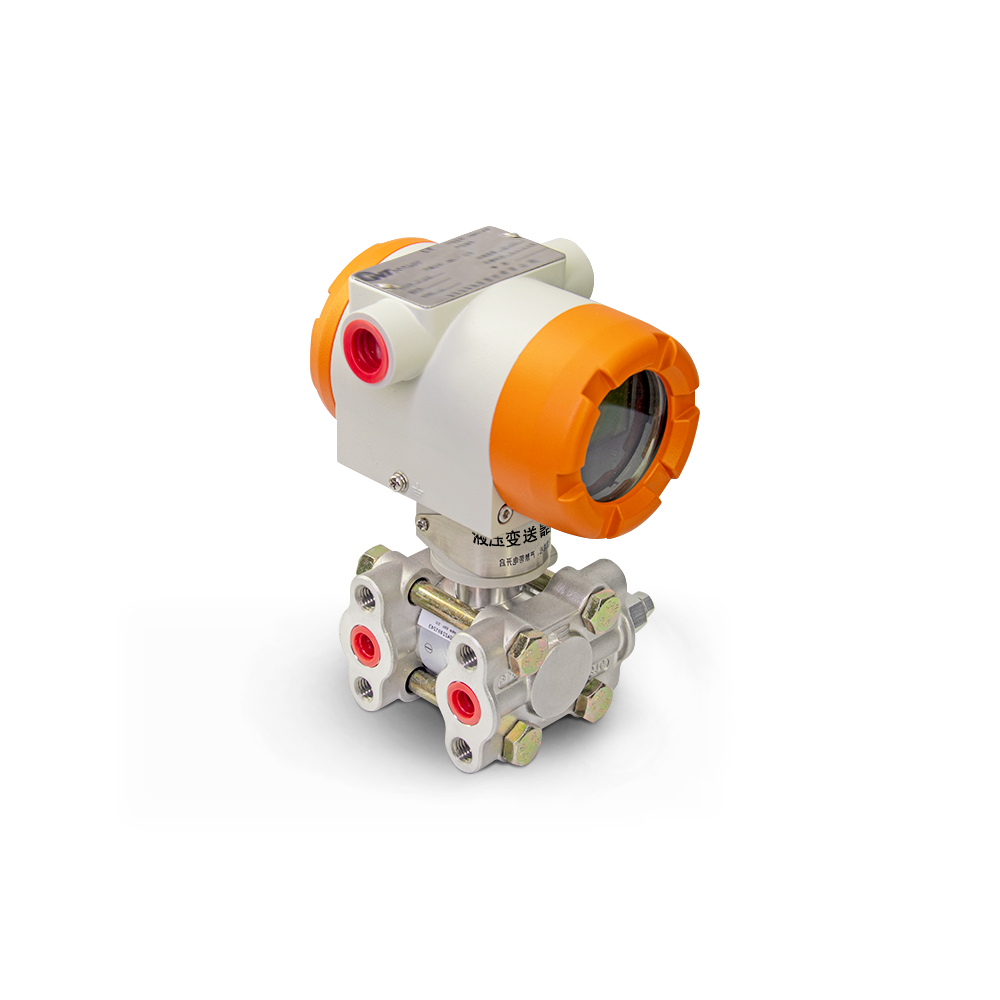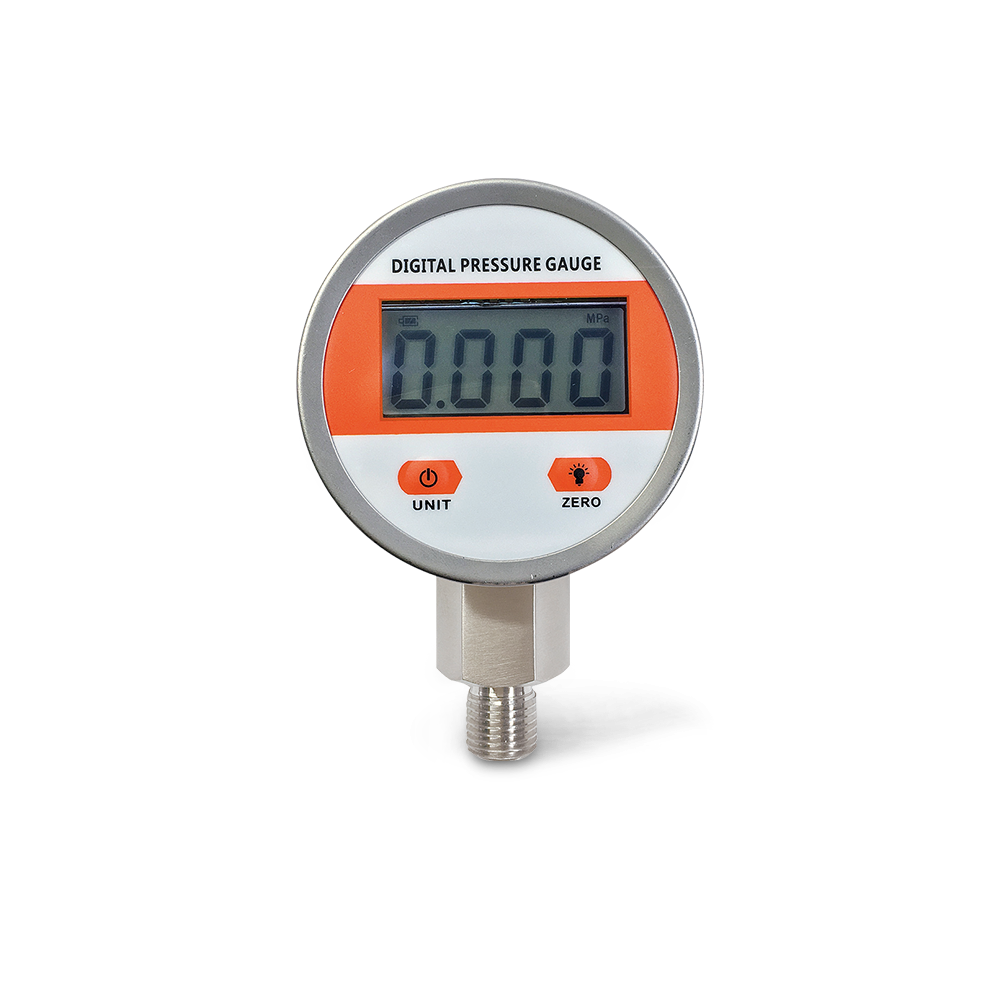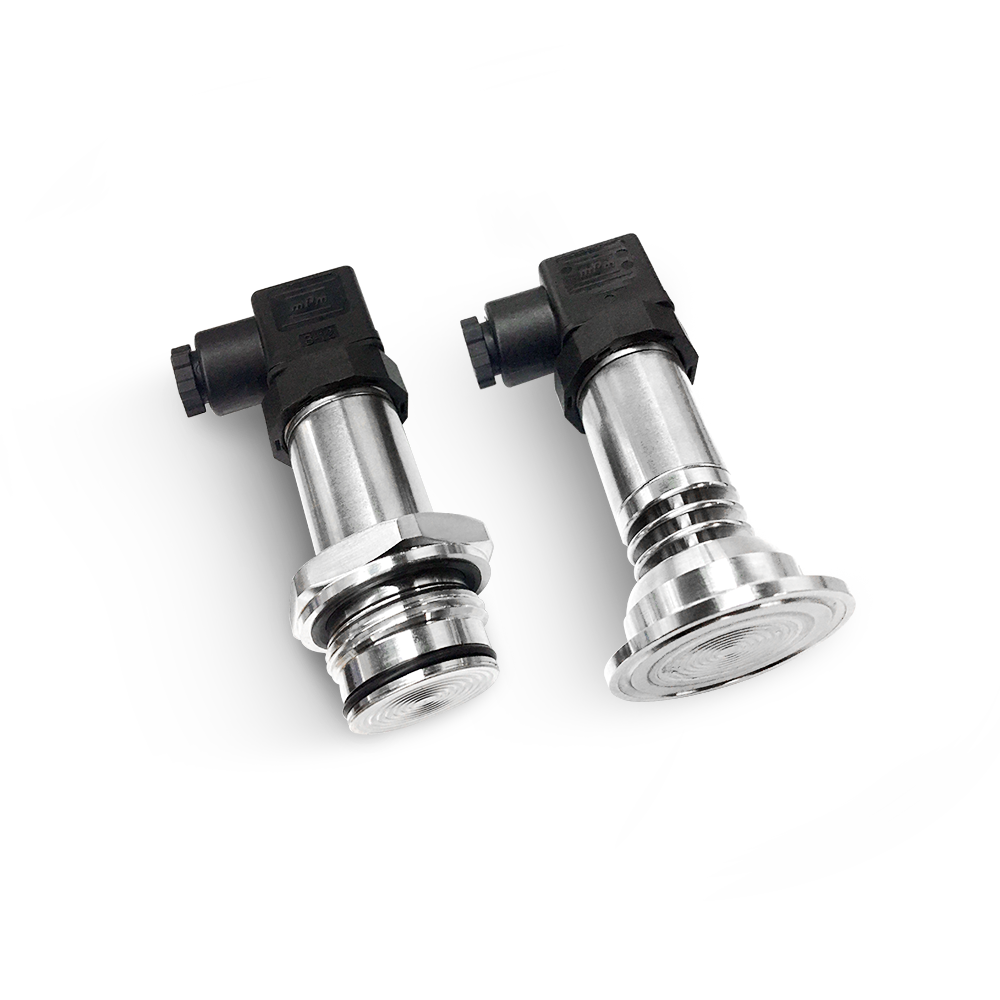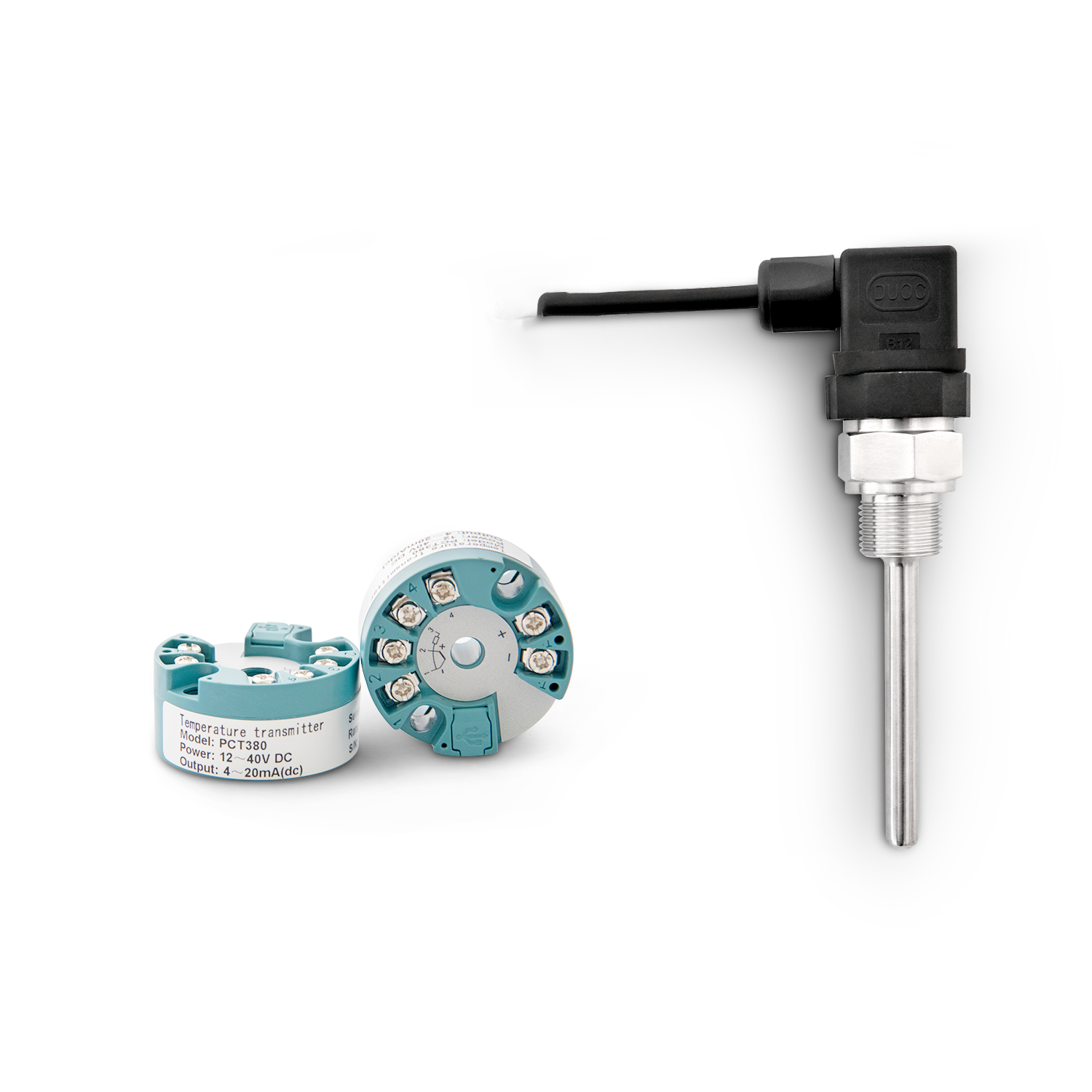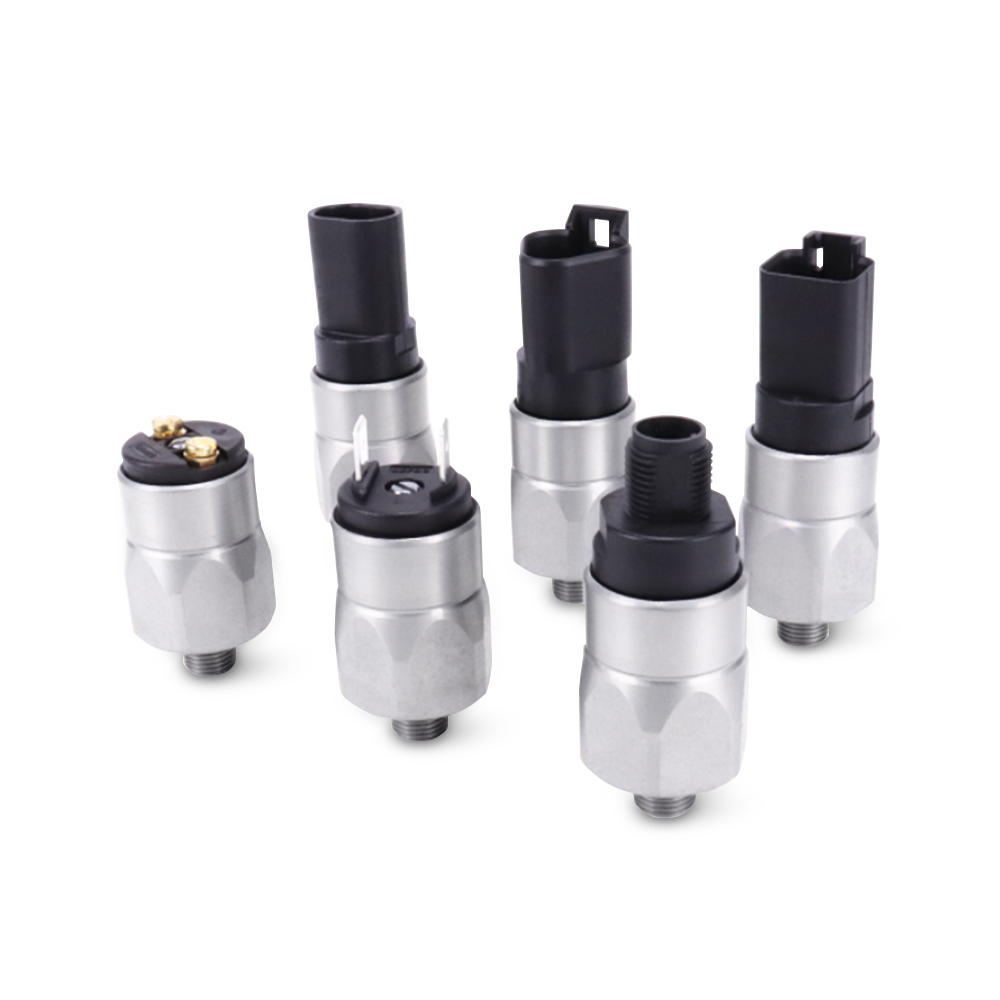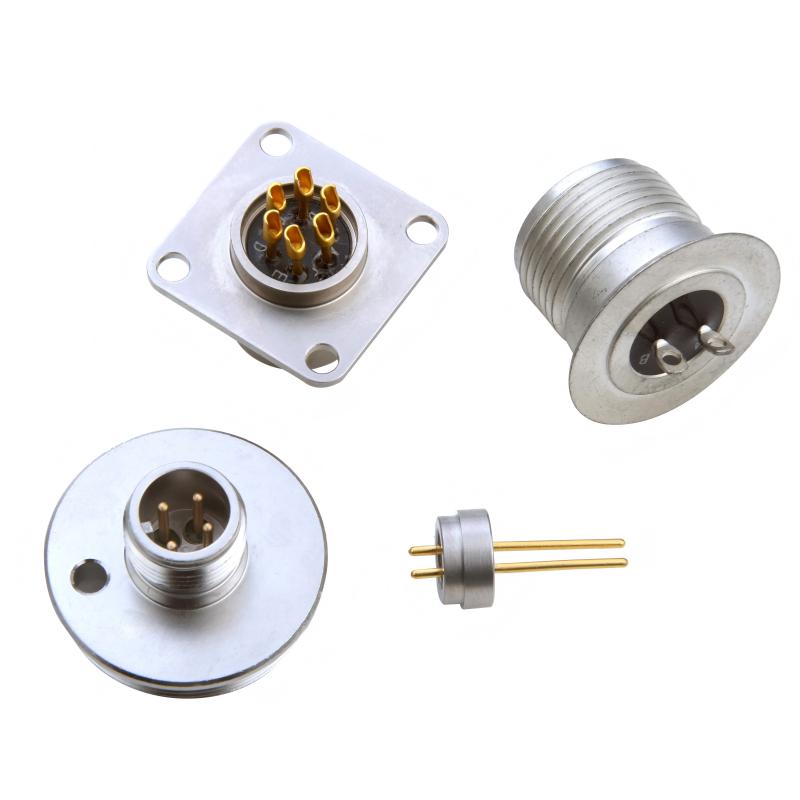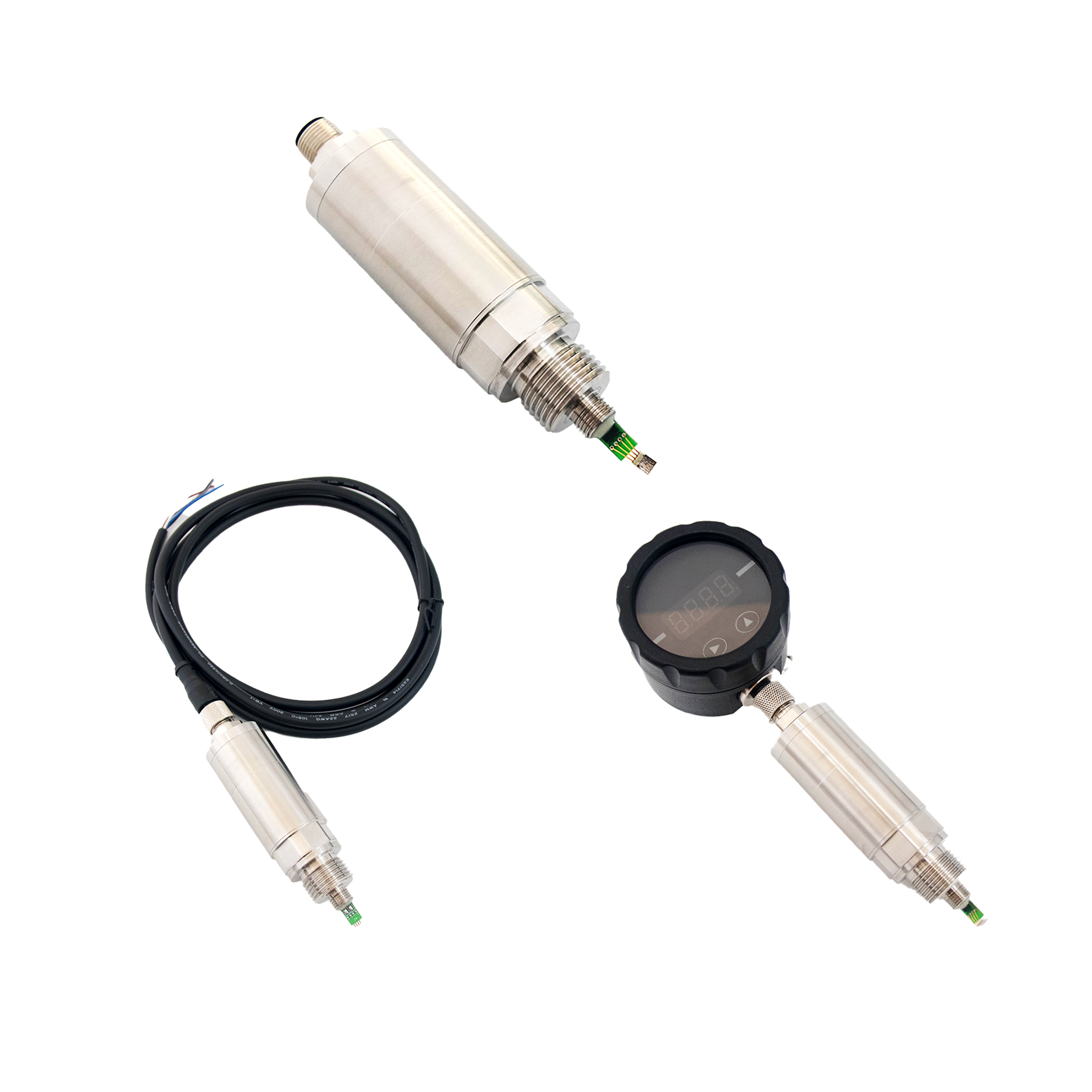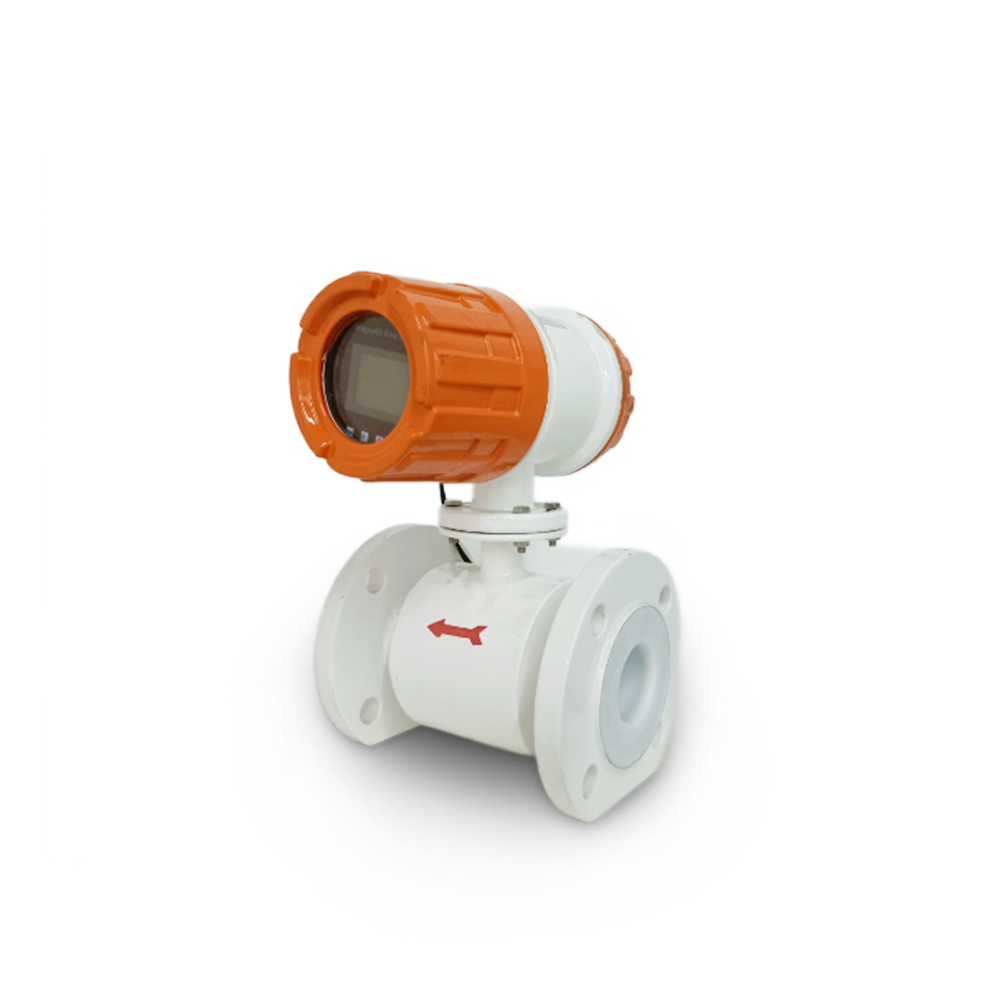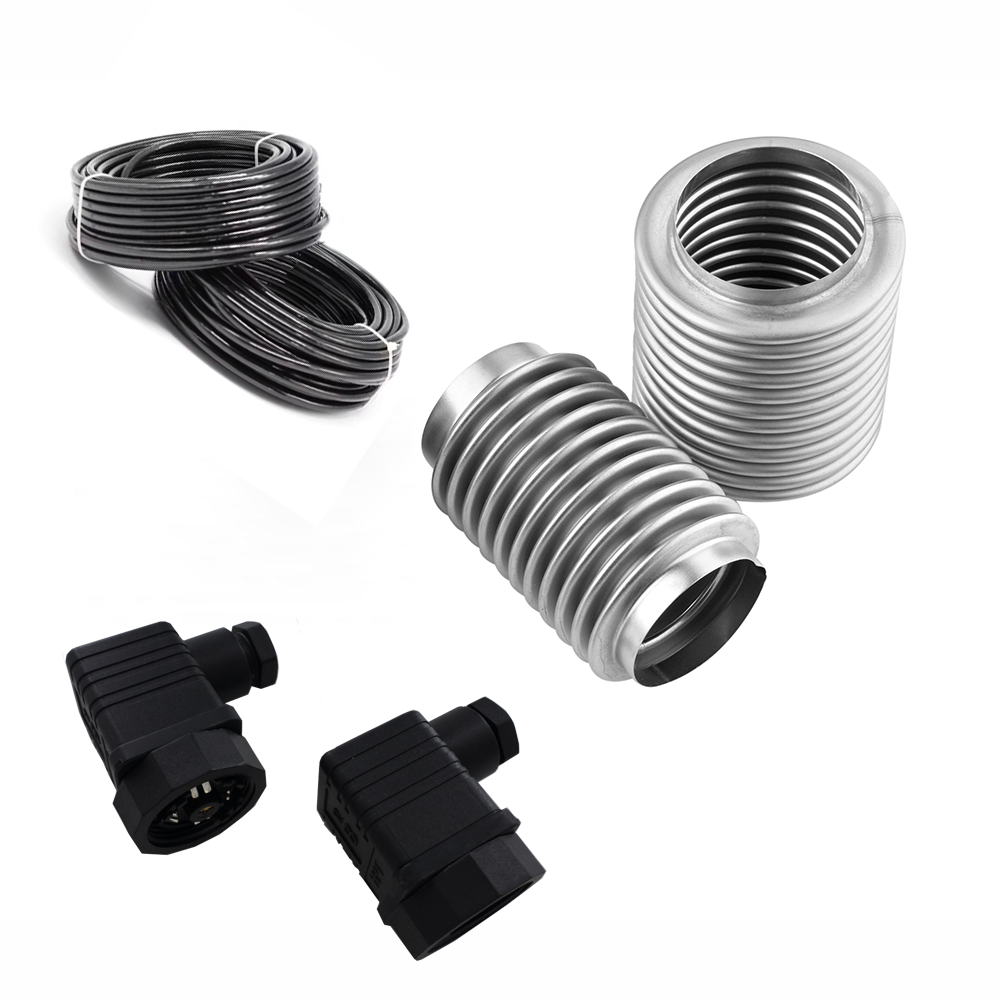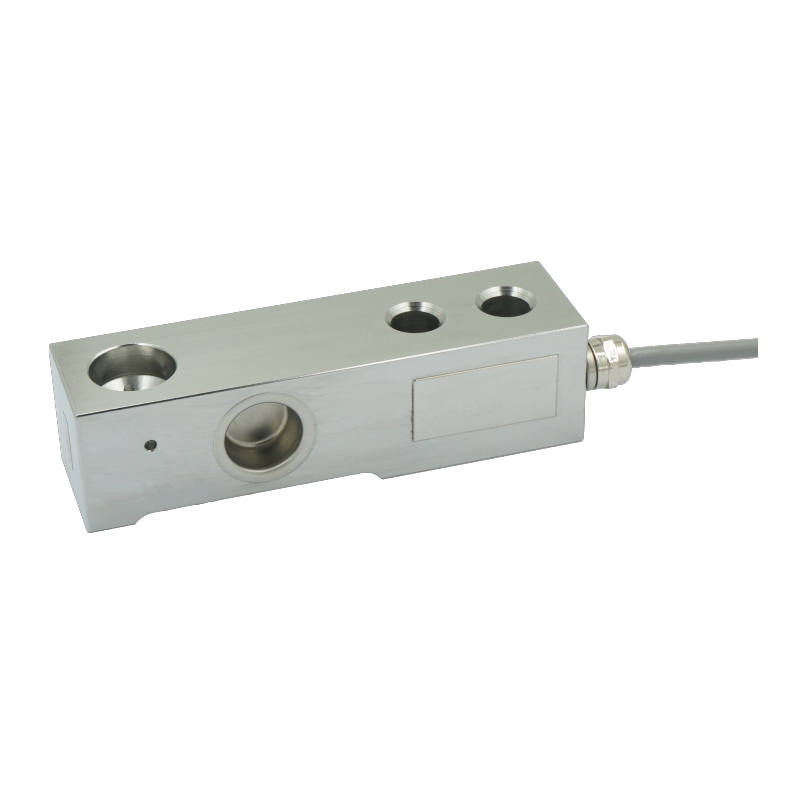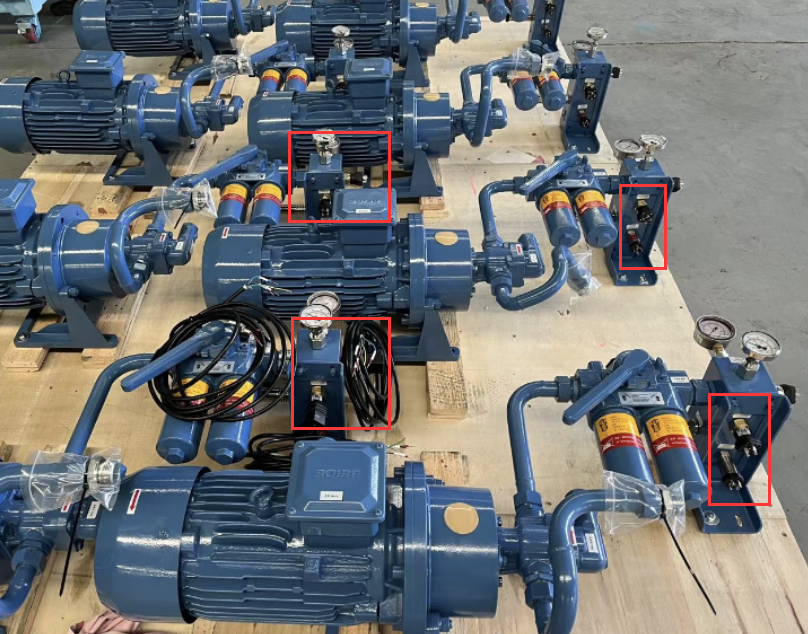Professional Pressure Transmitter Solution for Oil Pump Motors
From: Issued date 2025.04.03 Back
1.Oil pump motors play a crucial role in industrial applications
Ensuring proper lubrication, cooling, and pressure control in hydraulic and lubrication systems. The performance and reliability of these motors depend significantly on maintaining optimal oil pressure. A pressure transmitter is a key component used to monitor and regulate the pressure in oil pump systems, preventing equipment failure and optimizing efficiency.
This document provides a comprehensive solution for selecting and implementing a pressure transmitter specifically designed for oil pump motors in industrial settings.
2. The Role of a Pressure Transmitter in Oil Pump Motors
A pressure transmitter measures and transmits the real-time pressure of the lubricating or hydraulic oil in an oil pump system. This data is then used for:
Ensuring Safe Operation: Preventing pump failures due to low or high pressure.
Enhancing Efficiency: Maintaining stable pressure for smooth motor performance.
Condition Monitoring: Detecting anomalies early, reducing downtime and maintenance costs.
Automatic Control: Enabling pressure-based motor adjustments in automated systems.
3. Key Considerations for Selecting a Pressure Transmitter
To ensure an optimal choice, several critical factors must be considered when selecting a pressure transmitter for oil pump motors.
3.1 Pressure Range Selection
The transmitter must be capable of accurately measuring pressure within the operational range of the oil pump.
Typical pressure ranges for oil pumps:
Hydraulic systems: 0-250 bar
Lubrication systems: 0-10 bar
Fuel or circulation pumps: 0-50 bar
Overpressure Protection: Select a sensor with a higher upper limit (e.g., 1.5x normal operating pressure) to prevent damage from pressure spikes.
3.2 Pressure Type
There are three main types of pressure measurement applicable to oil pump motors:
Gauge Pressure (G) – Measures pressure relative to atmospheric pressure. (Common for oil pump applications)
Absolute Pressure (A) – Measures pressure relative to a perfect vacuum.
Differential Pressure (D) – Measures the pressure difference between two points. (Useful in filtration monitoring)
3.3 Output Signal Type
The output signal should be compatible with the system’s control unit (PLC, DCS, etc.). Common options include:
Analog Output:
4-20mA (Best for long-distance transmission, resistant to interference)
0-10V (Ideal for short-distance, simple applications)
Digital Output:
Modbus, HART, CANbus (Used in advanced monitoring and automation systems)
3.4 Material Compatibility
Since the sensor will be exposed to oil and potential contaminants, the wetted materials should be resistant to oil-based fluids:
Stainless Steel 316L (Most common, corrosion-resistant)
Ceramic Sensors (High precision, used in specialized applications)
3.5 Accuracy and Stability
Standard accuracy: ±0.5% FS (Full Scale)
High-precision applications: ±0.1% FS (For precise pressure control)
Long-term stability: Ensure minimal drift over time (e.g., ≤0.2% per year)
3.6 Environmental Considerations
Ingress Protection (IP67/IP68): For harsh environments with oil, dust, or water exposure.
Temperature Resistance: Operating temperature should match oil system conditions.
4. Recommended Pressure Transmitter Solution
4.1 Suggested Model: WTsensor PT-600 Series
For industrial oil pump motor applications, the WTsensor PT-600 Series pressure transmitter is an ideal choice due to its high accuracy, durability, and compatibility with oil-based systems.
✔ Key Features:
Pressure Range: 0-10 bar, 0-50 bar, 0-250 bar (Customizable)
Pressure Type: Gauge (G) / Absolute (A) / Differential (D)
Output Signal: 4-20mA / 0-10V / Modbus RTU
Material: Stainless Steel 316L diaphragm, oil-resistant sealing
Accuracy: ±0.25% FS / ±0.5% FS
Temperature Range: -40°C to +85°C
Ingress Protection: IP67 (Standard), IP68 (Optional)
Mounting: Threaded connection (G1/4", NPT1/2", etc.)
5. Installation and Integration
5.1 Installation Guidelines
Mounting Position: Install near the oil outlet or pressure regulation valve of the pump for accurate readings.
Avoid Air Bubbles: Ensure the transmitter is installed in a way that prevents air entrapment, which could affect readings.
Use Proper Seals: Apply Teflon tape or sealing rings to prevent leakage.
Cable Routing: Keep signal cables away from high-power lines to avoid electrical interference.
5.2 Integration with Control Systems
Analog Sensors (4-20mA, 0-10V): Connect directly to PLC analog input modules.
Digital Sensors (Modbus, CANbus, HART): Require communication setup in SCADA or DCS for remote monitoring.
Alarm Configuration: Set high and low thresholds in the control system to trigger alerts if pressure deviates from normal range.
6. Performance Benefits and ROI (Return on Investment)
Implementing a high-quality pressure transmitter in an oil pump motor system provides several key advantages:
| Factor | Benefit |
|---|---|
| Enhanced Reliability | Prevents pump damage from pressure fluctuations. |
| Reduced Downtime | Early fault detection avoids unexpected failures. |
| Energy Efficiency | Optimized pressure reduces motor workload. |
| Lower Maintenance Costs | Predictive maintenance minimizes unnecessary servicing. |
| Improved Safety | Prevents oil system failures that could lead to overheating or equipment failure. |
7. Case Study: Industrial Oil Lubrication System
A manufacturing plant faced frequent motor failures due to inconsistent oil pressure in their lubrication system. By installing WTsensor PT-600 Series pressure transmitters, they achieved:
30% reduction in unplanned downtime
20% increase in motor lifespan due to stable lubrication
Automated alarms for low-pressure conditions, preventing motor damage
The investment paid off within 8 months through lower maintenance and energy savings.
Selecting the right pressure transmitter for oil pump motors is essential for ensuring reliable performance, energy efficiency, and safety in industrial applications. The WTsensor PT-600 Series provides a robust, accurate, and industry-proven solution for monitoring oil pressure in pump motor systems.
For customized solutions or further technical consultation, feel free to reach out. A well-chosen pressure transmitter can enhance system performance, reduce costs, and extend equipment lifespan.

